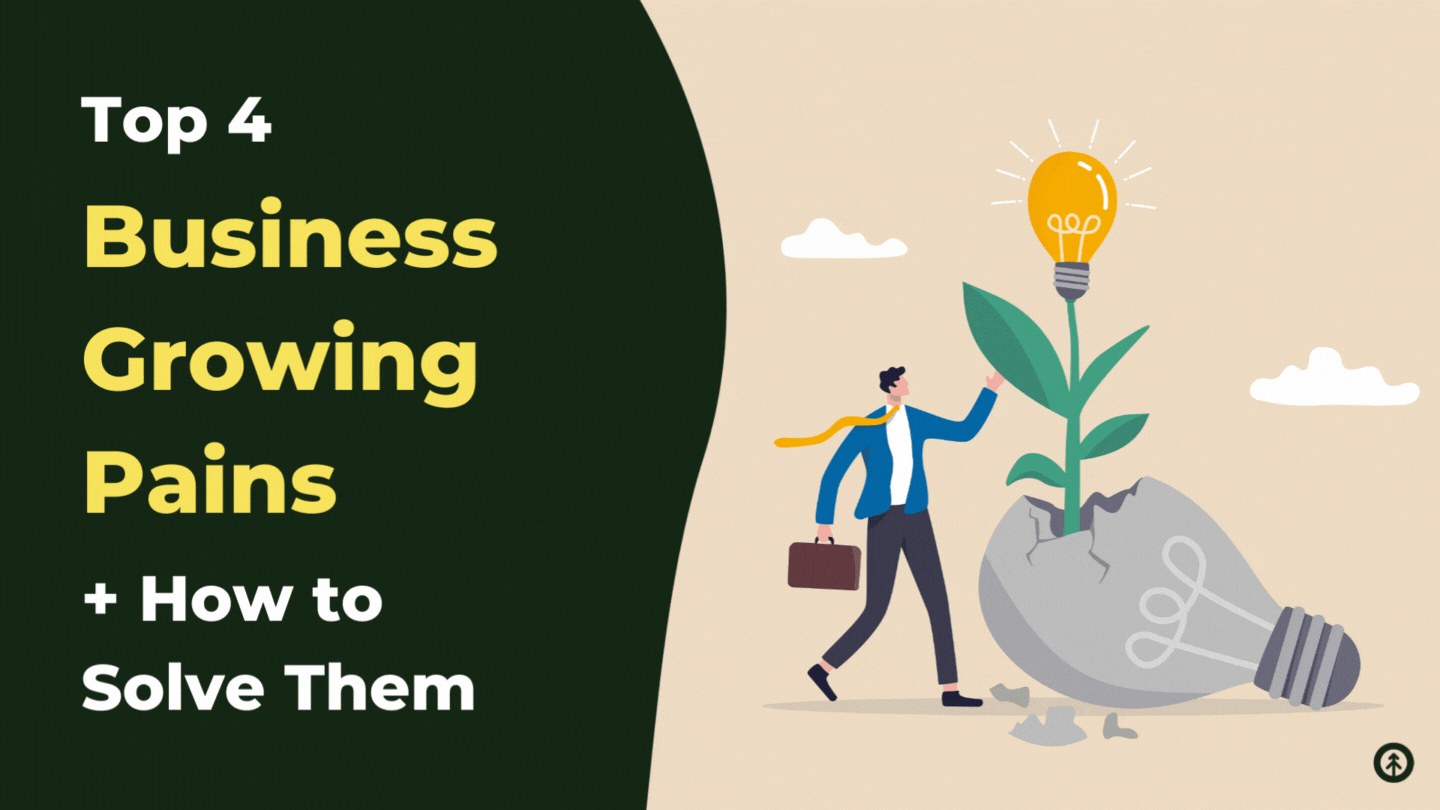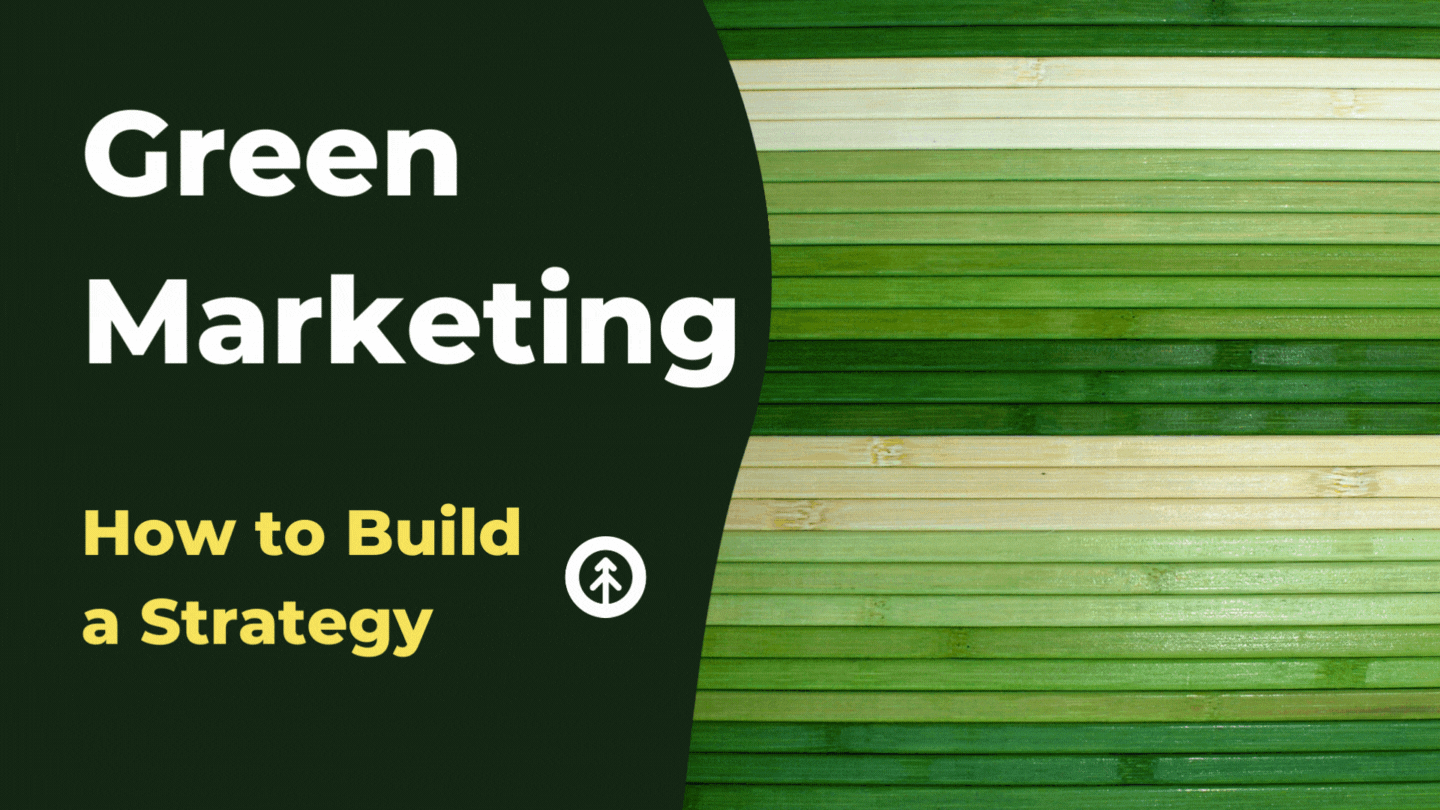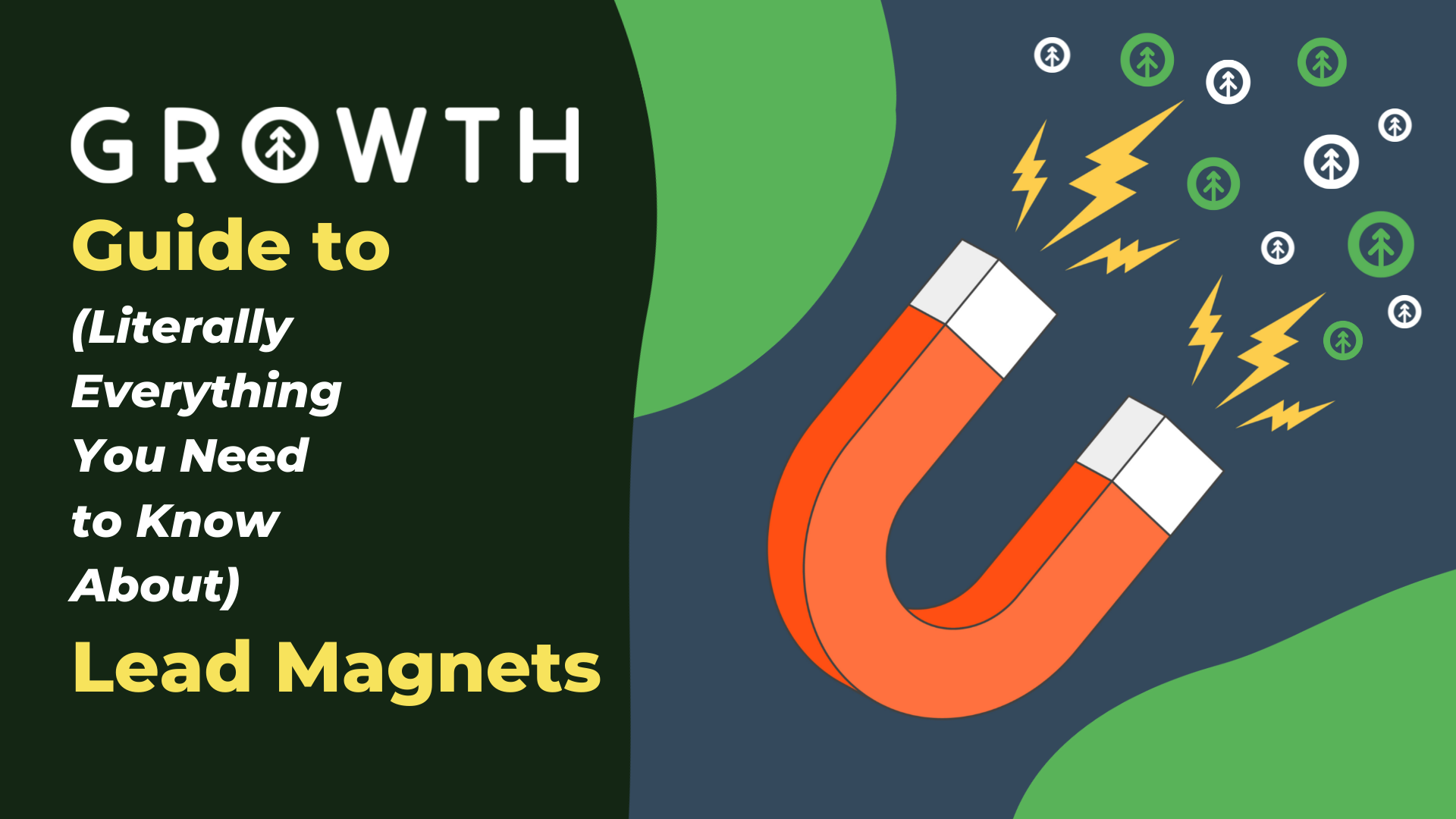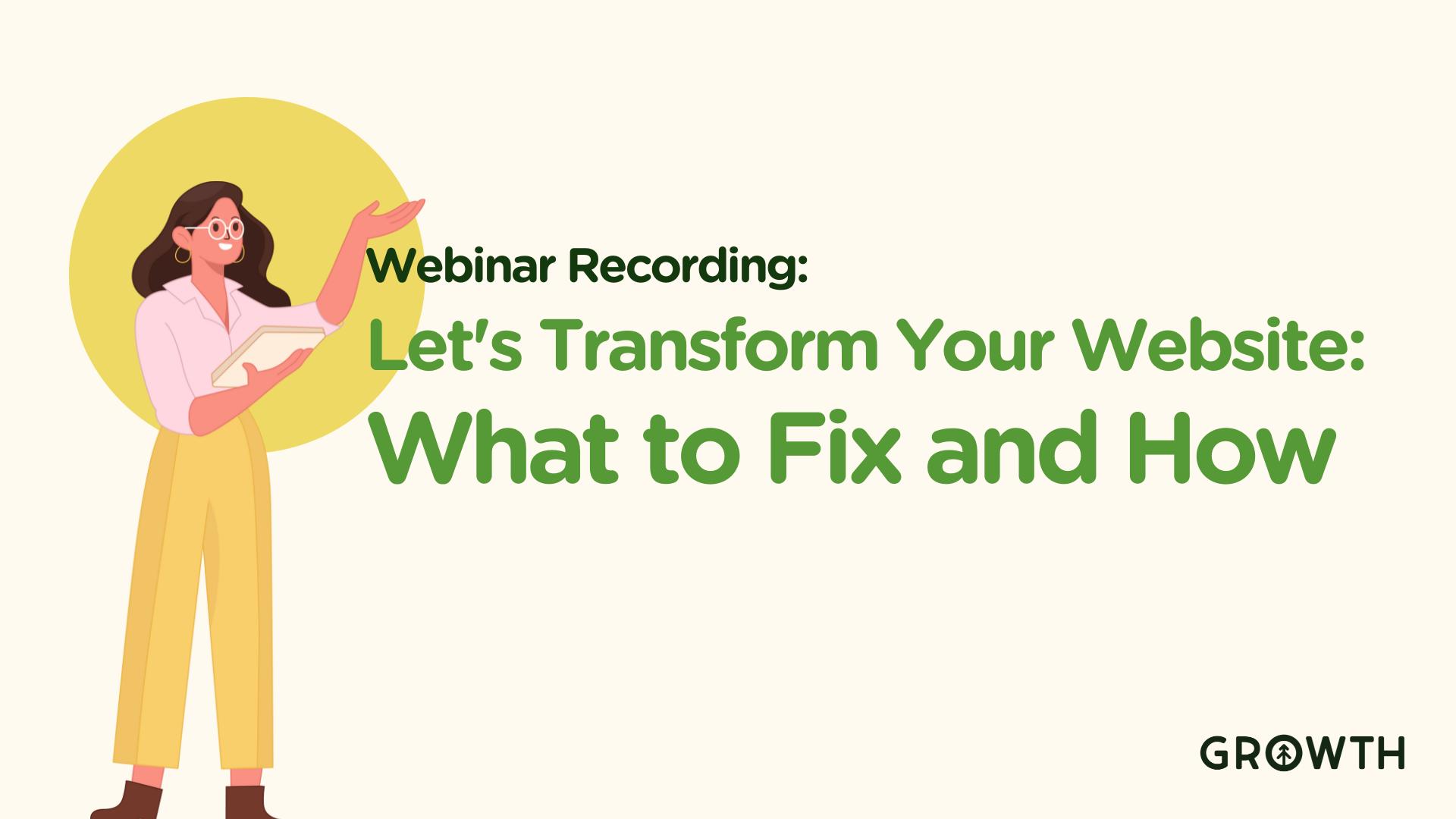What is Growth-Driven Design?
Growth-Driven Design (GDD) Definition
Growth-Driven Design is a HubSpot-driven methodology for the design + development of websites that minimizes time sinks and waste that comes with traditional web design + dev because launch occurs quickly.
The beauty is in testing, iteration, and improvement based on insights gained from data and results that can be proven as reals users interact with the website over an 11-month period of time.

GDD shortens the time to launch by focusing on:
- real impact
- continuous learning
- iteration
- data-inspired improvement
Benefits of Growth-Driven Design
- Quicker Website Launch – Websites can be launched and ready for users under the Growth-Driven web design methodology 48 days faster than with traditional web design methods. That way, you see your ROI that much quicker.
- Design + Development Based on Data – Data is the foundation of GDD. It heavily influences the initial design + dev, and data points are carefully studied over the first year to ensure that it works well for your target users and your organization.
- Budget Utilized to Make the Biggest Impact + ROI – Your website is delivered quickly because the focus is on the highest impact areas. The website can then be improved over time based on real user data for more value and growth.
How Does Growth-Driven Design Work?
GDD has two phases:
- strategy + launch (one month)
- iterative development and continuous improvement (next eleven months)
Project Outline
- Business Strategy + Website Goals
- Competitive Analysis + Positioning
- Website Strategy:
- Buyer Personas
- User Journey Mapping
- User Experience Research
- Tool Review (CRM, CMS, etc.)
- Wishlist
Phase One: Strategy + Launch

The strategy + launch phase of a GDD website project takes approximately 30 days.
Strategy Focus: Buyer Personas
The GDD strategy focuses first on your different buyer personas.
Because websites should be customer-focused in order to attract, engage, and delight your customers to spin the growth flywheel, it's important to build your website for your customers right off the bat.
The strategy involves understanding and having empathy for:
- your buyer persona's pain points
- what they're like
- what they care about
Design, UX, and copy are created from a deep understanding of your prospects, leads, and customers first along with your brand.
Launch Pad
The goal of the launch pad is to create a website that's better than your current site and push it live to gather data insights to make decisions on how to improve it to fit the needs of your prospects and customers. It's important to remember that this won't be the perfect site, YET. But, it's well on its way.
When your website is built in HubSpot CMS (it's free, btw), you can focus entirely on party plans because all you have to do is hit the GO button.
Phase Two: Iteration

Iteration Focus: Website Audit
Once your site has launched, perform quantitative research with a data-based website audit that explores how people:
- find your site
- how they interact with it
- if/when/where they drop off or bounce
If you understand these key points, you can improve your user experience (UX). With that information, you also gain valuable knowledge about:
- Why people visit your site
- The solutions they receive
- How users generally access it (mobile or desktop)
With this insight, your global and page-specific strategy can evolve into higher-performing pages over time.
Improvement Over Time
As you gather new information by watching the data, create a list of improvements that will increase the value and UX of your site.
Consider the following items as an example:
- new modules
- new design
- navigation features
- integrations
- functionality
- additional pages
Check off items on your list by phasing them in with monthly sprint cycles. When you've paired down the items on your list, notice that you begin to see exactly what your users need and what they don't (that you may have thought they needed when you began).
Now imagine what might have been wasted in time and effort had you built a website through traditional means over a three-month period. That's the beauty of GDD.
At Growth, we do everything with a growth mindset.
That means that we value progress over perfection, data, and iteration. It makes sense then that we have in-house designers and developers that are all about Growth-Driven Design and love to build beautiful, modern websites that serve real people.
Have some real people you need to serve with a new website? We've got you. Talk to a real person at Growth about your next website project. We're right here.
Explore More Insights: Related Blog Posts
-
 Growth MindsetOct 7, 2022
Growth MindsetOct 7, 2022 Growth Marketing Firm
Growth Marketing FirmTop 4 Business Growing Pains + How to Solve Them
As your business grows, you'll inevitably experience growing pains—problems that arise from expanding too...
-
 Marketing StrategyDec 20, 2021
Marketing StrategyDec 20, 2021 Growth Marketing Firm
Growth Marketing FirmWhat is Green Marketing + How to Build a Strategy
(Last updated October 4, 2022) Organizations that benefit from green marketing show that they’re committed to...
-
 Website DesignFeb 16, 2023
Website DesignFeb 16, 2023 Growth Marketing Firm
Growth Marketing FirmThe Role of Storytelling in Website Design
Everyone loves a good story. And from cave paintings to Tik Tok, humans have been using storytelling as a...
-
 Inbound MarketingJul 8, 2022
Inbound MarketingJul 8, 2022 Growth Marketing Firm
Growth Marketing FirmThe Growth Guide to Lead Magnets
Growth Marketing Firm · The Growth Guide To Lead Magnets “Lead Magnet!” What a great term, right?!
-
 AdvertisingAug 22, 2022Cody Kloock
AdvertisingAug 22, 2022Cody KloockAd Fatigue: The Rundown
Growth Marketing Firm · Ad Fatigue - The Rundown Have you ever been scrolling through social media and seen...
-
 Sales EnablementJan 28, 2022
Sales EnablementJan 28, 2022 Growth Marketing Firm
Growth Marketing FirmLead Types: How to Identify + Engage Them to Increase Sales
In our previous blog article, 8 Daily Habits for a Healthy Sales Pipeline, we went over our top strategies...
-
 Website DesignOct 2, 2023
Website DesignOct 2, 2023 Chris Nault
Chris NaultTransforming Your Website: What to Fix and How
In our recent enlightening webinar, Chris Nault, the CEO and founder of Growth, shared invaluable insights on...
-
 SEOJul 12, 2023
SEOJul 12, 2023 Growth Marketing Firm
Growth Marketing FirmSmart SEO with AI
Even as digital marketing strategies evolve at breakneck speed, SEO remains a cornerstone for enhancing web...
-
 Inbound MarketingJan 6, 2023
Inbound MarketingJan 6, 2023 Growth Marketing Firm
Growth Marketing FirmTop 4 SEO Benefits of Blogging
We already know that SEO drives business.

